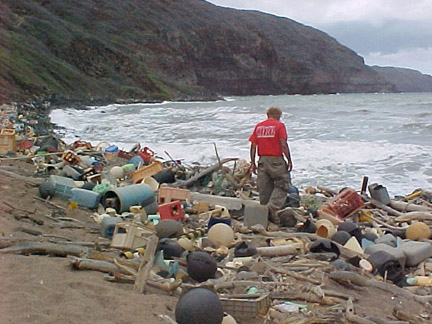America’s population in late 2006 was 300 million people.
Eight years later in late 2014, U.S. population has grown by 19 million more. Nothing too out of the ordinary as far as that goes. What may, on the other hand, surprise you is Florida. Once trailing New York (what had been the nation’s third most populated state), the Sunshine State is now itself in the number 3 spot, coming in behind the Golden State (California) and Lone Star State (Texas), states 1 and 2, respectively.
What all this means is there will be more pressure put on the limited resources supply. It also means the consumption of more food and water, and that translates into increased pressure put on growers to grow the crops needed, which could mean greater numbers of workers required to bring this about. I’m not an economist but what it sounds like to me is finding the right balance between supply and demand. There is also the notion of goods and services. It takes quite a lot to be able to sustain all world life, flora and fauna included. Earth is a big place.
If anything, less – not more – pressure could and should be put on the world, that premise being the idea behind my “WAY” proposal for 2015.
‘WAY’ is the word
Waste – now you know I’ve talked about this before. There is much of it – no question.
This year, California, America’s most populous state, made a really bold move. Enacted was legislation banning use of plastic grocery store bags, mainly, but their use is also being prohibited in other places too. The ban is to go into effect next year.
Used plastic – bags, bottles, containers, wraps and more – constitutes a considerable amount of what is thrown away or recycled. Add to that building material, electronics waste, fabric and woven goods, food waste, green and wood waste, glass, metal, nylon, paper, plant waste, rubber, sewage and any other type of waste of the solid variety, and it is easy to see that there is a lot of material that can be – and gets – discarded. Moreover, what enters or is added to the air and water – in gaseous and liquid (some of both being in chemical form) states – it, too, becomes waste when such does not belong there. So, with so much waste, why not designate 2015 as “Waste Awareness Year,” its acronym coincidentally being WAY. In thinking, it’s not like “WAY” wouldn’t be easy to remember.
I could just as easily have recommended a “Waste Awareness Day,” “Waste Awareness Week,” or “Waste Awareness Month.” There is no word or acronym I can think of that says “mission accomplished” better than “WAY.” “WAD,” “WAW” and “WAM” just don’t do that nor do they have nearly the impact.
People and our institutions (e.g., schools, businesses, industries and medical facilities) could be tasked to be less wasteful, less polluting. And, progress or success, of course, could be quantified in terms of what is not wasted rather than what is.
This is not rocket science and there is no question a cause on this order could catch on. Besides, the best approaches could get duly recognized. And, everyone could be incentivized to waste less.
If you happen to be one to believe that for “WAY” there is just no way, that this will never work, that it’s a complete waste of time, should never be given the time of day and should be relegated to the dust bin before even given an opportunity to try to prove itself worthy, to this I say: If there is a will, there’s a “WAY”!
At the same time, one might do well to remember recycling – one of the most successful programs of its kind, practiced all year ‘round which, by the way, just so happens to be associated with one of the most recognizable symbols – that is, just in case there’s still any doubt.
“WAY”: We can do this!

Image above: U.S. National Oceanic and Atmospheric Administration
– Alan Kandel